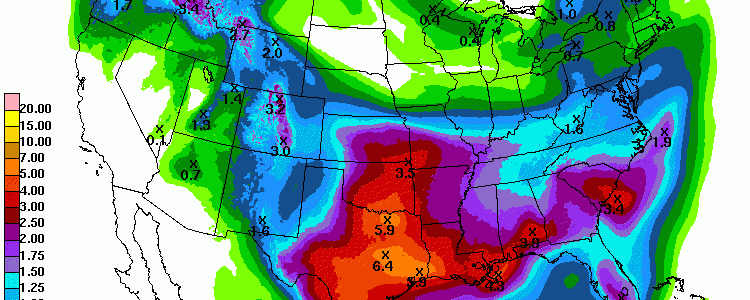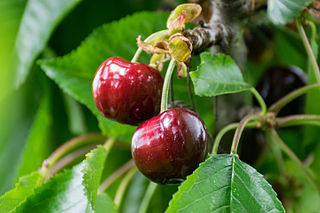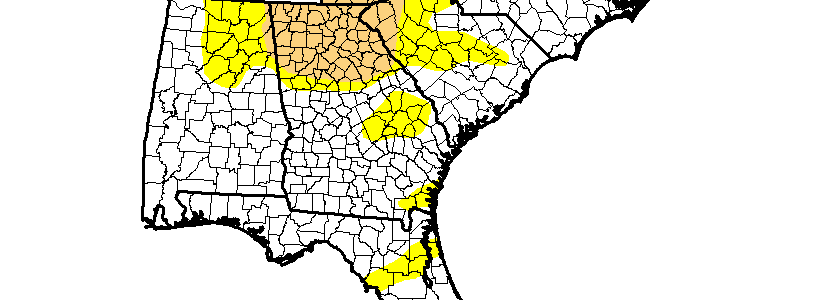Pam Knox
-

In preparation for an interview next week, I am reading “The Worst Hard Time: The Untold Story of Those Who Survived the Great American Dust Bowl.” It’s a great book, and I am enjoying it. I was struck this morning by a description of the dust storms of mid-May, 1934 (82 years ago this week),…
-

While this weekend will be dry across the Southeast, starting by mid-week we should return to a wetter pattern, and we could see up to two inches of rain in some areas by Friday. A few locations could see even more. This appears to be a shift to wetter conditions overall, according to maps from…
-

Even though California needs rain to combat the multi-year drought they’ve been experiencing, rain at the wrong time can hurt the production of fruit and other crops. The Packer noted this week that rain in California delayed the harvest of cherries in parts of the state and heavy rains and temperature fluctuations in early May…
-

The latest Southern SARE newsletter is now available. You can view it here. It lists a variety of workshops and other activities in sustainable agriculture, including livestock and cover crop workshops, that might be of interest.
-

In addition to the data access site cli-MATE from the Midwestern Regional Climate Center, there is another web site which provides access to the National Weather Service’s cooperative weather observing network. It’s called xmACIS and contains a lot of the same information as the cli-MATE site (in fact, it’s built on the same datasets). You…
-

The latest Drought Monitor was released this morning. It shows that while small areas of drought disappeared in Virginia, it stayed the same or increased in other areas of the Southeast. The biggest increase was in northern Georgia, where the percent of the state in moderate drought increased from 12 to 26 percent of the…
Posted in: Drought -

Last fall Seeker.com posted an article describing the vegetation changes that are being seen in the Florida Everglades due to rising sea levels. The article notes that “Salt-loving mangroves in the Everglades have marched inland in the past decade, while freshwater plants — such as saw grass, spike rush and tropical hardwood trees — lost…